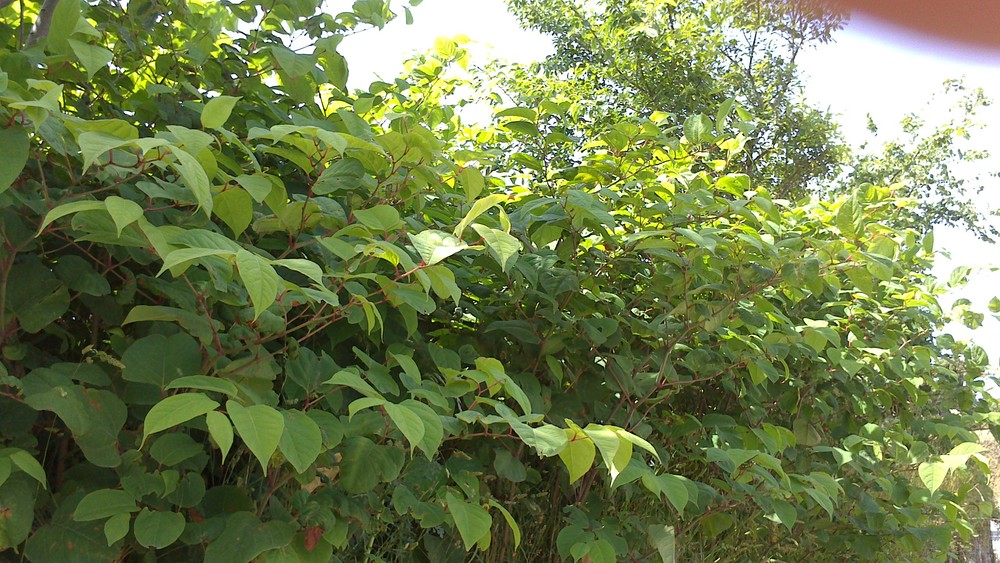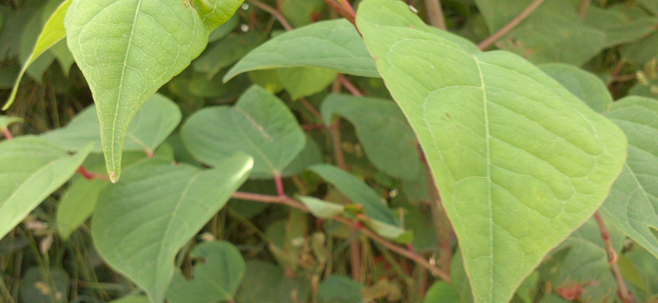
Helen Pulley on the invasive species that has invaded Jersey.
JAPANESE Knotweed (Fallopia Japonica) actually is quite an attractive plant and one can see why the Victorian Specimen collectors brought it home from the Far East to enhance the gardens of Britain. It eventually made an appearance in Jersey about 100 years ago. Sadly, looks are only skin deep; the real problems lie underground.
It has been described by the UK Environment Agency as the most invasive and destructive of non-native species, and the World Conservation Union has called it one of the world’s 100 worst invasive species. These are species which displace native species and detrimentally affect the ecology of vulnerable habitats.
It spreads not by seeds, but by underground rhizomes (underground stem) and stem segments. It grows at a phenomenal rate, at least a metre a month – or possibly more here, in our mild climate. It can heave up concrete and tarmac and force itself through cracks in buildings, damaging foundations. Studies have shown that a 1cm section of rhizome can produce a new plant in 10 days and rhizome segments can remain dormant in the soil for 20 years.

There are even tales of house purchases falling through after surveyors have found the weed on or near a property. Thankfully, there are no such reports locally, so with the new initiative implemented by the Department of the Environment to assess the scale of the problem locally, we may be able to halt the spread with the possibility of eventually eradicating it.
That’s the serious stuff out of the way. So what do you do if you find it on your or your neighbour’s property? It can be eradicated, but it is a lengthy process. Perseverance and patience is the name of the game with this plant. Keep on cutting it down and if you can, in particular with the finer stems, pull it up. DO NOT flail cut, this will just cause it to spread. Dispose of the cut and pulled segments carefully; don’t add them to your compost, bag them up and send them for incineration.
The alternative is to treat with a systemic herbicide where it is safe to do so, (e.g. not near running water). The most effective time to treat with herbicide is late summer and autumn, so now is the perfect time for positive action! Herbicide treatment alone can take up to 3 years to fully remove the knotweed, so is best used in conjunction with cutting and pulling. Once it’s gone, the area could stay contaminated for several years, so keep an eye for any rogue shoots sprouting up and attack at the first sighting!
If you have a specialist to help you with this, so much the better. They will use the correct spray and know how to apply it safely and dispose of the stems in the recommended manner.
PlantTracker is an app available for free from ITunes App Store or visit http://planttracker.naturelocator.org/




